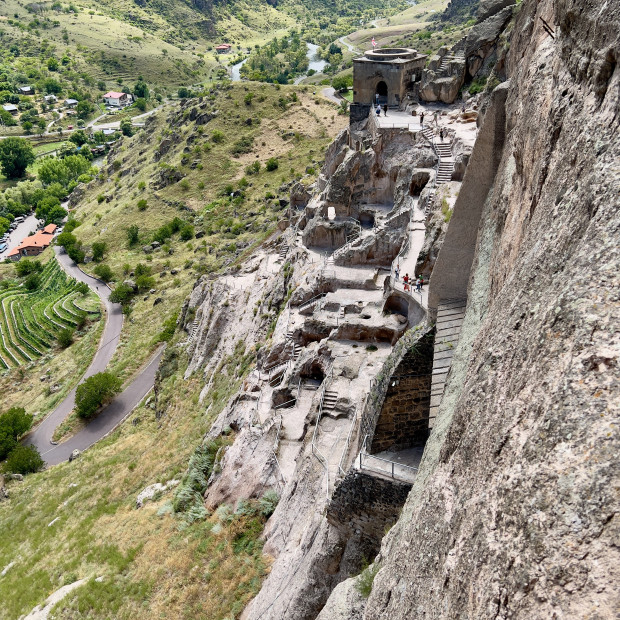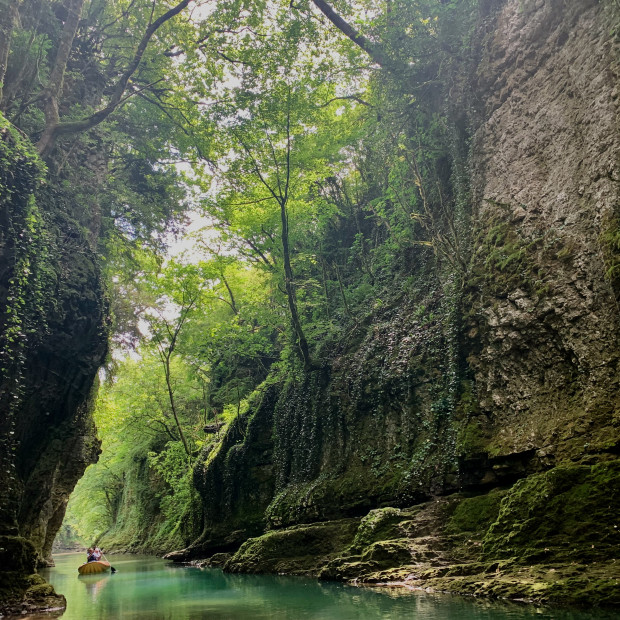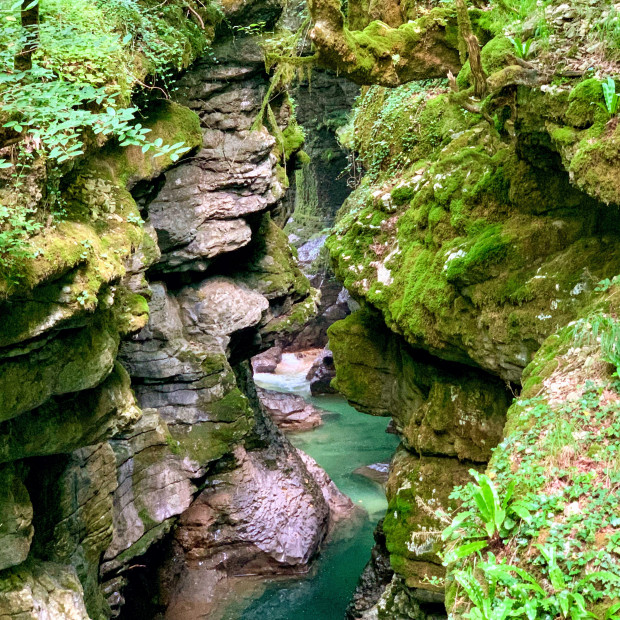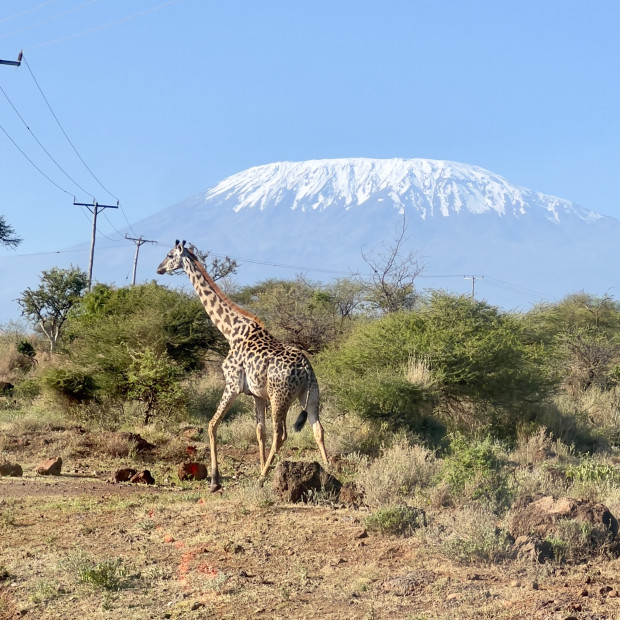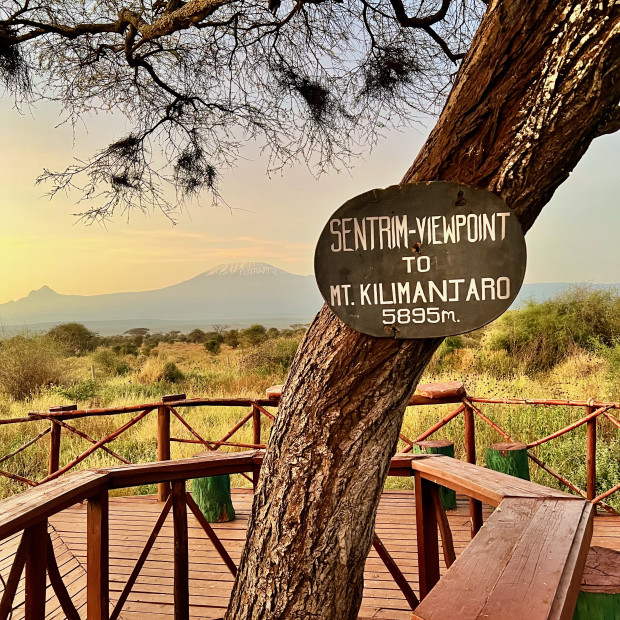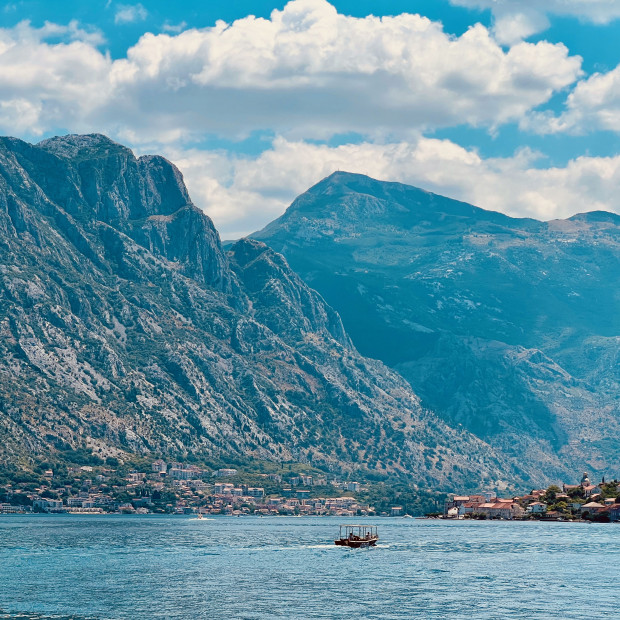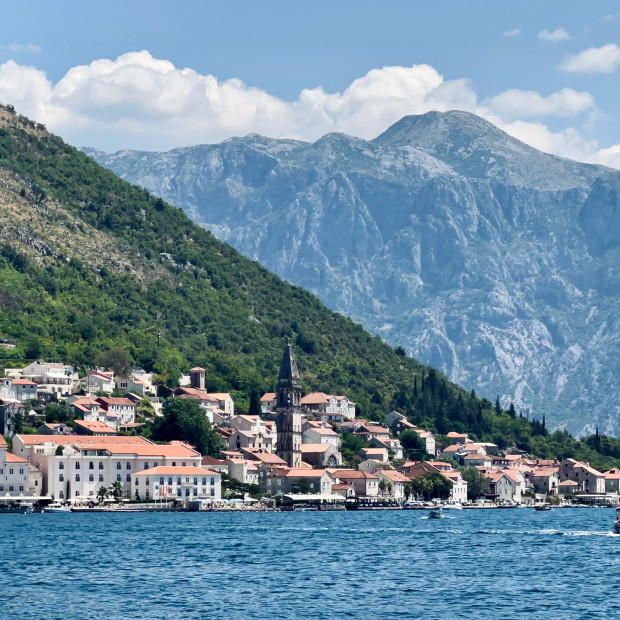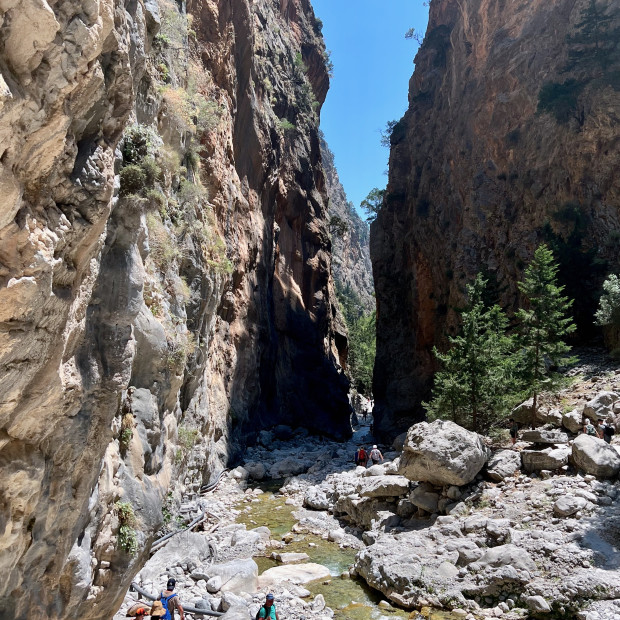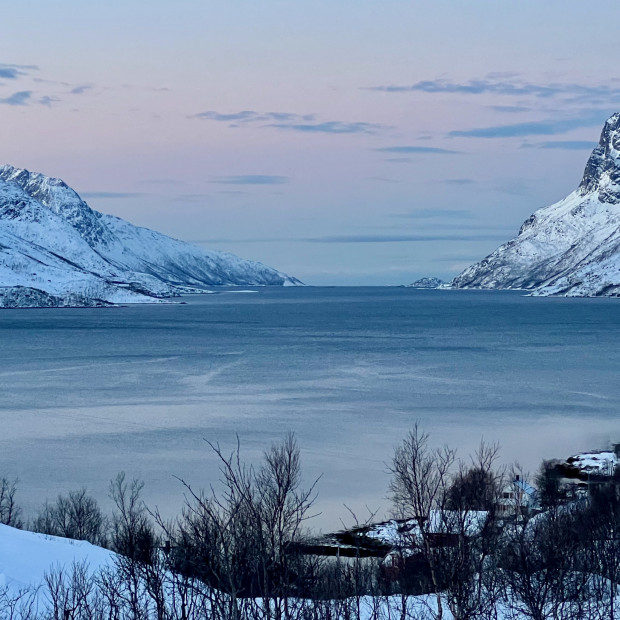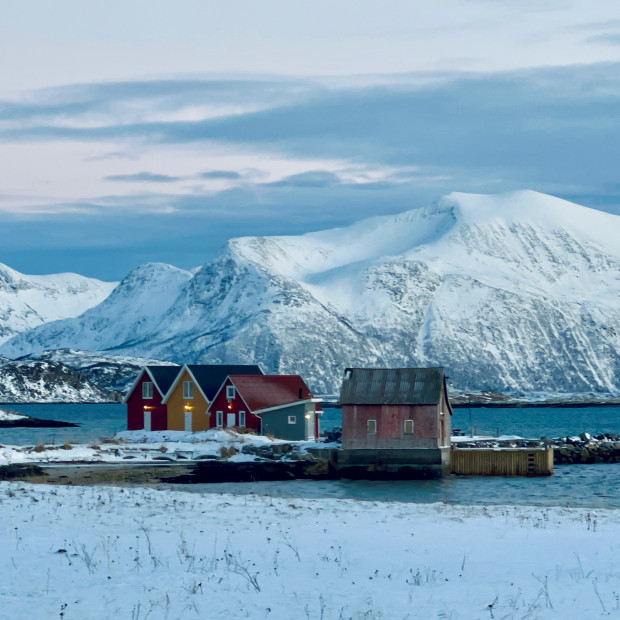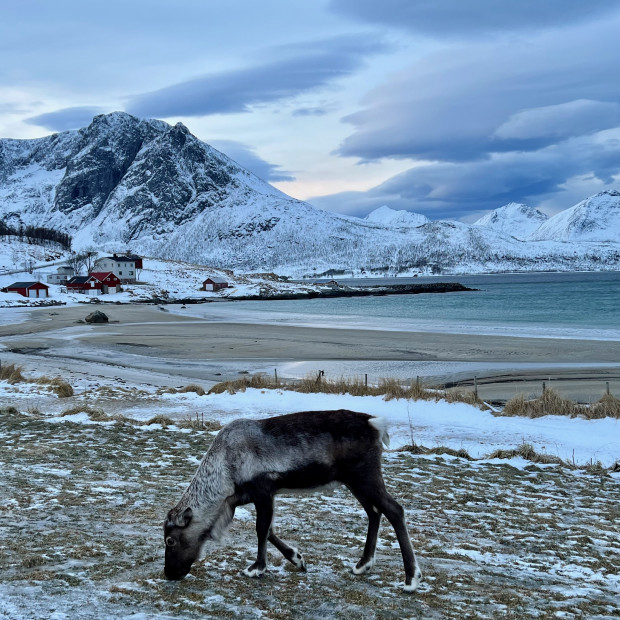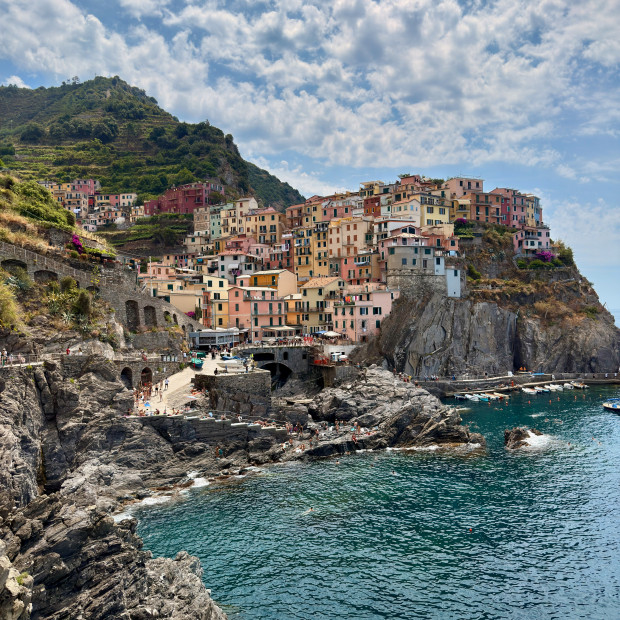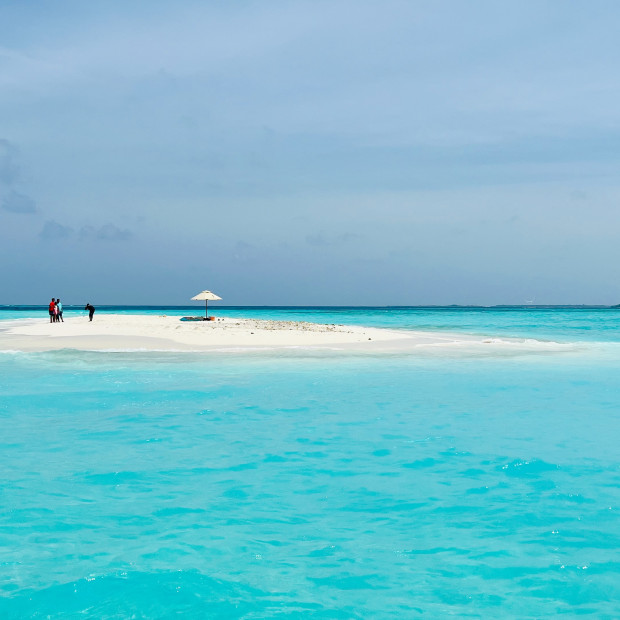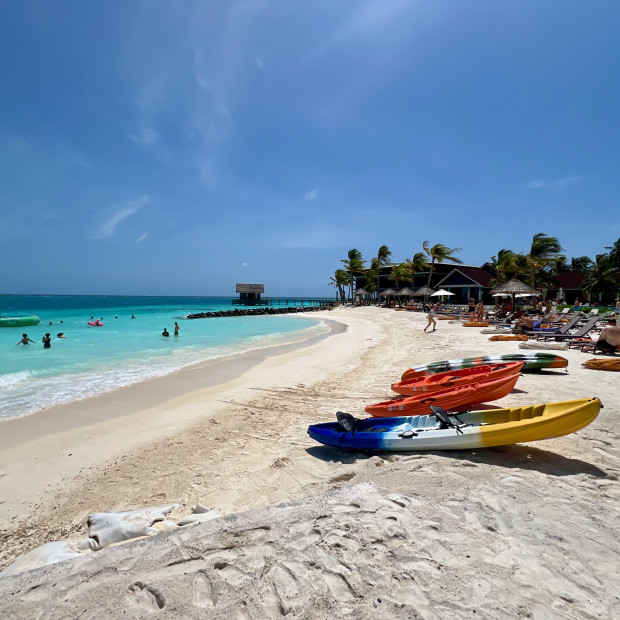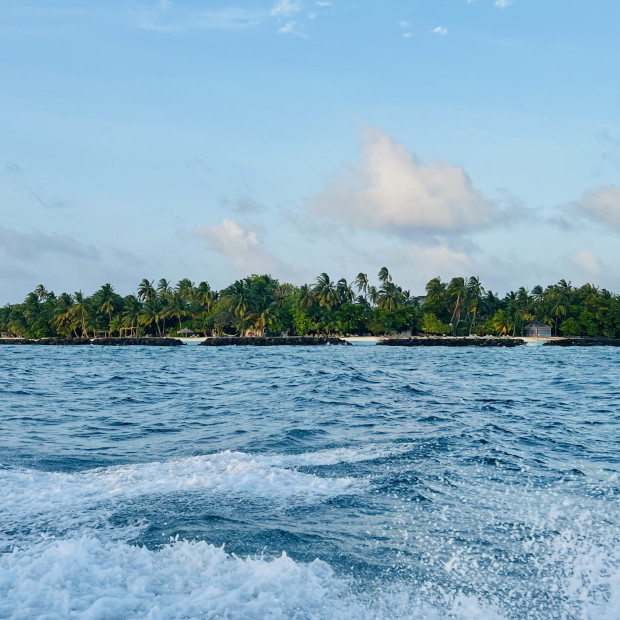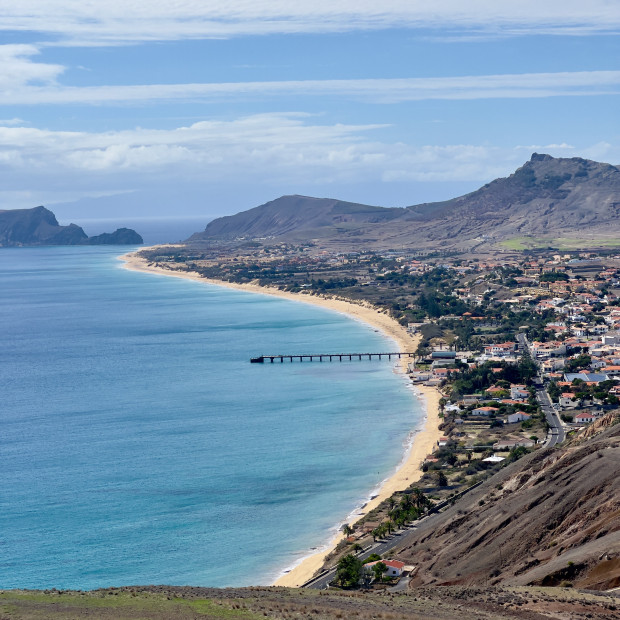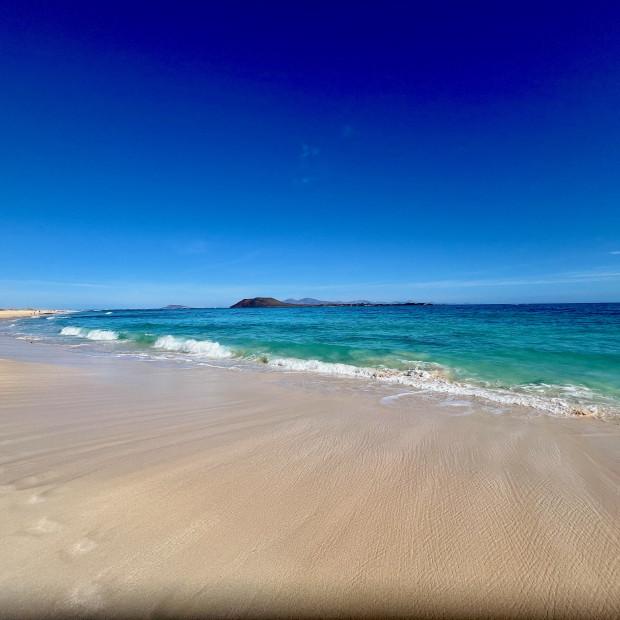About this place
The Caucasus Mountains and Koruldi Lakes
The Caucasus Mountains, one of the world's great mountain systems, form a natural boundary between Eastern Europe and Western Asia. This massive range stretches approximately 1,200 kilometers between the Black Sea and the Caspian Sea, traversing Georgia, Russia, Azerbaijan, Armenia, and parts of Turkey and Iran.
The Greater Caucasus, the northern and higher portion of the range, includes several peaks exceeding 5,000 meters in elevation. Mount Elbrus, standing at 5,642 meters, is not only the highest point in the Caucasus but also in all of Europe. The range features dramatic limestone ridges, deep valleys carved by ancient glaciers, dense forests on lower slopes, and alpine meadows at higher elevations.
Geologically, the Caucasus represents an active collision zone between the Eurasian and Arabian tectonic plates, resulting in its remarkable topographic diversity and ongoing mountain-building processes. This geological activity has also created numerous mineral springs and volcanic features throughout the region.
Within this spectacular mountain setting, the Koruldi Lakes (also known as Koruldi Lakes or Koruldi Tbebi in Georgian) represent one of Georgia's most breathtaking alpine destinations. Located at an elevation of approximately 2,740 meters above sea level near the town of Mestia in the Svaneti region, these small glacial lakes offer visitors extraordinary panoramic views of the surrounding Caucasus peaks.
The lakes themselves are relatively modest in size but gain their reputation from their remarkable setting. During summer months, the emerald-green waters reflect the surrounding snow-capped mountains, including Mount Ushba (4,710 meters), often called the "Matterhorn of the Caucasus" for its distinctive double-peaked profile. The lakes are typically surrounded by alpine meadows filled with wildflowers during the brief summer season.
Accessing Koruldi Lakes requires a moderately challenging trek from Mestia, the main settlement in Upper Svaneti. The approximately 8-kilometer trail climbs steadily through forests before emerging into open alpine terrain. Many visitors hire local guides with 4×4 vehicles to navigate the rough road that leads part way to the lakes, reducing the hiking distance.
The Svaneti region surrounding Koruldi Lakes is known for its unique cultural heritage, including stone defensive towers dating from the 9th-12th centuries that dot villages throughout the area. These UNESCO-protected towers, along with the region's distinct cultural traditions and relative isolation, have helped preserve traditional Georgian mountain culture against numerous historical invasions.
The Koruldi Lakes area experiences harsh winters with heavy snowfall, making it accessible primarily from June through September. During this period, the lakes serve as grazing grounds for local shepherds, who maintain the traditional practice of seasonal livestock movement between elevation zones.
For trekkers exploring the Greater Caucasus, the Koruldi Lakes often serve as either a standalone day trip from Mestia or as part of longer multi-day routes including the popular Mestia-to-Ushguli trek that traverses some of the most scenic sections of the Georgian Caucasus.

